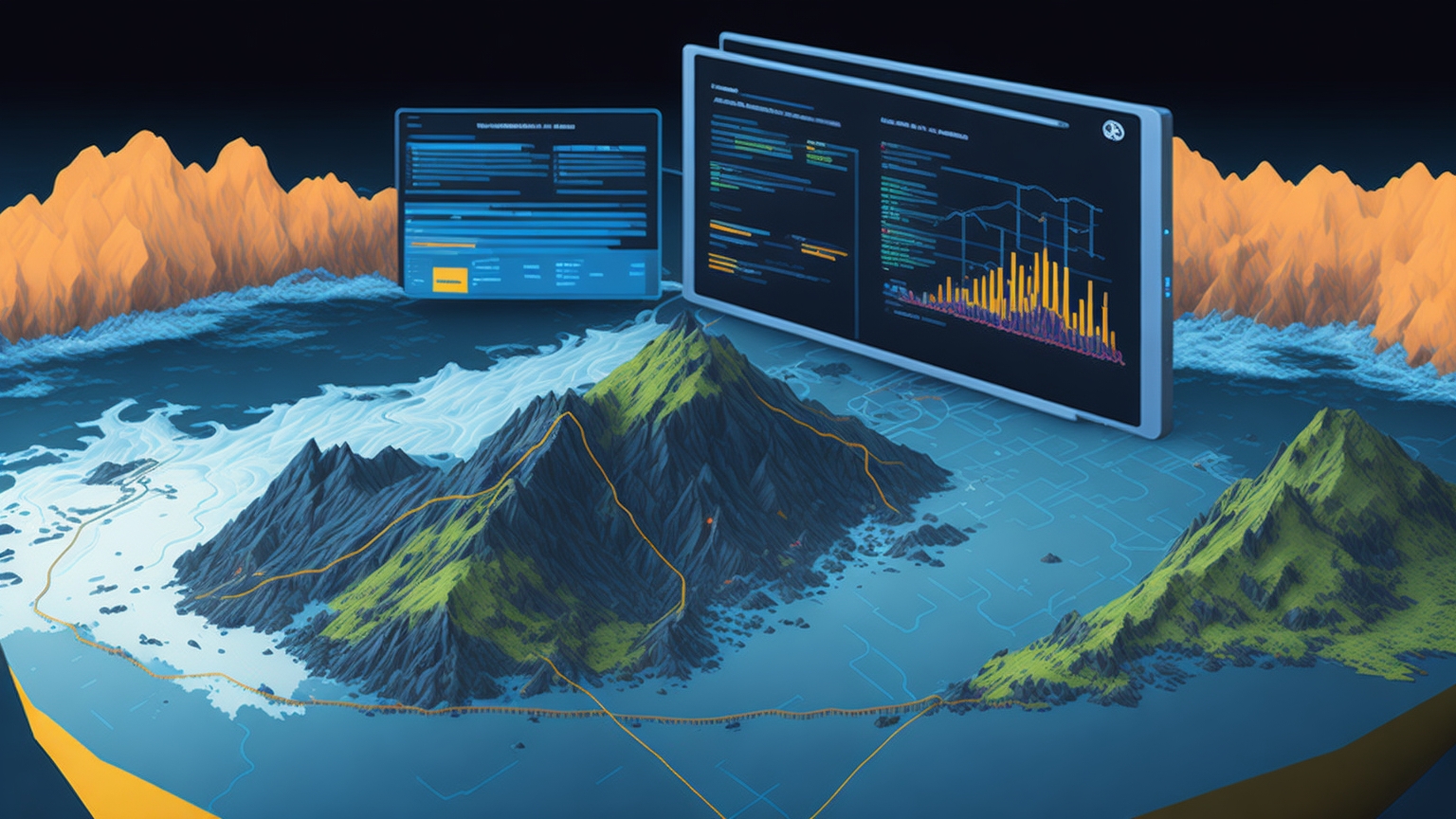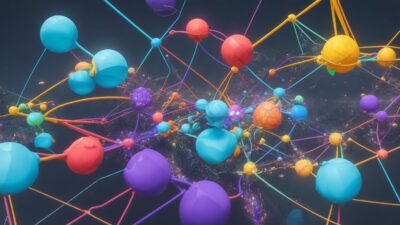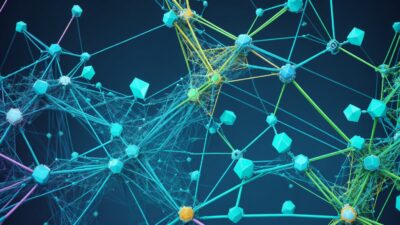Leveraging AI to Forecast Natural Disasters: A New Dawn for Emergency Response

Artificial Intelligence (AI) has become a game-changing tool in various sectors of our lives, presenting enormous prospects for improving many systems. A remarkable use-case of AI lies in its ability to anticipate natural disasters. This innovative approach is revolutionizing risk management and rescue methodologies, potentially saving countless lives and mitigating the extent of destruction.
Identifying Patterns and Consistent Monitoring
Cutting-edge AI systems can scrutinize enormous volumes of data via machine learning and deep learning models. This capability empowers them to discern patterns and alterations in data, which might be indicative of an imminent disaster. Employing data harnessed from satellites, sensors, and an array of sources, AI can consistently track signs like fluctuations in water temperature, seismic activities, or meteorological conditions, often precursors to natural calamities.
Foreseeing Natural Disasters
Leveraging machine learning models, AI can extract knowledge from historical disaster data and apply this learning to predict future incidents more accurately. Consequently, AI can project earthquakes, tsunamis, cyclones, wildfires, and other natural disasters, providing invaluable time for people to evacuate and brace for impact.
Management of Risks and Rescue Missions
AI’s role transcends disaster prediction; it also extends to aid in planning and executing rescue missions. Robots operated by AI can undertake search-and-rescue operations in circumstances too perilous for human intervention, or use data analytics to develop the most effective response strategies.
Looking Ahead: Natural Disaster Prediction Using AI
Despite substantial strides in harnessing AI for natural disaster prediction, there remains a considerable amount of work to be accomplished. Currently, AI’s forecasts are not entirely reliable, and their accuracy is largely dependent on the quality and abundance of the data used for training.
Nevertheless, with an upsurge in available data and enhancements of machine learning models, the outlook appears promising. Tapping into AI’s potential could equip us with the necessary arsenal to combat the trials posed by natural disasters, enabling us to construct a safer future.




